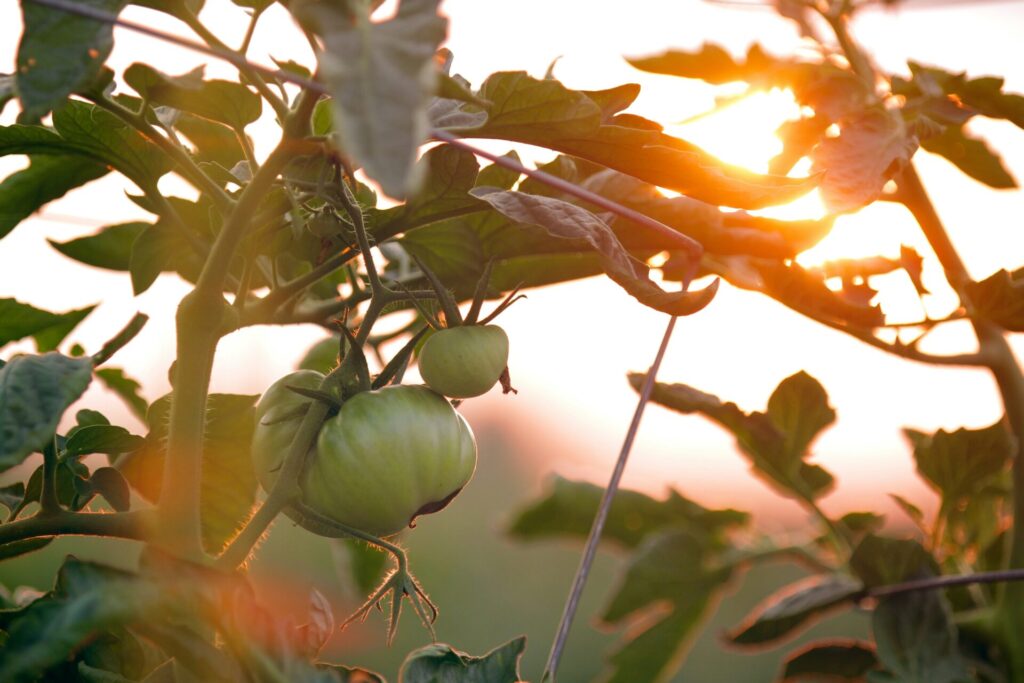Gardening is more than just planting flowers; it’s an opportunity to contribute to local biodiversity and mitigate climate change. By incorporating native plants and fostering a diverse ecosystem in our gardens, we can promote environmental health and sustainability right from our backyards. Let’s explore why local biodiversity matters and how a biodiverse garden can benefit you, your community, and the environment.
Why Biodiversity Matters in Gardening
Local biodiversity refers to the variety of native plant and animal species that naturally occur in your region. These species are adapted to the local environment, making them essential for a healthy ecosystem. By encouraging biodiversity in your garden, you’re creating a habitat that supports wildlife, enriches the soil, and reduces the need for chemical inputs.
Key Benefits of Local Biodiversity in Gardening
1. Improves Soil Health
Native plants contribute to soil richness by interacting harmoniously with local organisms. This improves soil structure and fertility, which leads to healthier plants and reduced reliance on fertilizers.
2. Supports Pollinators and Wildlife
A biodiverse garden attracts beneficial insects like bees and butterflies, as well as birds and other small animals. These visitors help with pollination, seed dispersal, and pest control, making your garden healthier and more vibrant.
3. Increases Resilience to Pests and Diseases
A variety of plant species creates a balanced ecosystem, reducing the risk of pests and diseases spreading. Native plants are generally more resistant to local pests, meaning you’ll have healthier plants with less intervention.
4. Biodiversity Mitigates Climate Change
A garden with a mix of plants helps fight climate change in simple but impactful ways. Plants absorb carbon dioxide, one of the main contributors to global warming, and release oxygen, improving air quality. When you include a variety of native trees, shrubs, and flowers, your garden becomes better at storing carbon and cooling the surrounding area. This mix of plants also makes the garden more adaptable to weather changes, like extreme heat or heavy rain, ensuring it stays healthy and thriving despite climate challenges. It’s a way to make your outdoor space work with nature to tackle global issues.
5. Year-Round Interest and Benefits
Biodiversity ensures your garden remains dynamic and visually appealing throughout the year. By planting a mix of species that bloom in different seasons, you’ll always have something thriving—whether it’s spring blossoms, summer greenery, autumn fruits, or winter textures. This variety also provides continuous food and shelter for wildlife, sustaining your garden’s ecosystem across all seasons.
How to Encourage Local Biodiversity in Your Garden
Building a biodiverse garden doesn’t mean you have to transform your entire yard overnight. Small, thoughtful changes can make a big impact.
1. Choose Native Plants: Opt for plants native to your area—they require less water, are suited to local soil, and support the insects and animals native to your ecosystem. A few examples include:
- Milkweed for North America
- Edelweiss for Middle Europe and South America
- Titoki for New Zealand
- Marigold for South Asia
If you are from the US, you can find plants native to your area by Zip code from The National Wildlife Federation Site.
2. Create Layers: By planting ground covers, shrubs, and taller trees, you’ll mimic natural ecosystems, providing shelter for wildlife and creating a visually appealing space.
3. Use Organic Practices: Avoid chemical pesticides and herbicides, which can harm beneficial organisms. Instead, encourage natural pest control by inviting predatory insects through diverse plantings and by adding habitats like rock piles or birdhouses. Different plants attract different types of beneficial insects, such as ladybugs and lacewings, which prey on pests like aphids. For instance, planting marigolds alongside tomatoes can repel nematodes and whiteflies. Similarly, native plants adapted to your area are naturally more resistant to local pests. For example, a native oak tree might host a balanced variety of insects and birds that keep harmful pests under control without chemical treatments.
4. Provide Water Sources: A small pond or birdbath can serve as a vital resource for wildlife in your garden, offering hydration and cooling spaces for birds, bees, and other beneficial creatures. To ensure sustainability, use collected rainwater to fill these features, reducing reliance on treated tap water. Additionally, consider designing your pond with native aquatic plants, which require less water and maintenance.
For more water-saving tips and sustainable water usage ideas, check out our post on Why We Need To Conserve Water Despite Earth’s Abundance
5. Include Seasonal Plants: Planting a mix of seasonal varieties ensures that something is always in bloom, providing a continuous food source for pollinator.

Personal and Environmental Benefits
For Gardeners:
Gardening with biodiversity in mind can make gardening less labor-intensive and more sustainable. Native plants often require less watering and care, saving time and resources. Additionally, a biodiverse garden can be visually rich, offering a variety of colors, shapes, and textures throughout the year.
For the Community and Environment:
A single garden may seem small, but when multiple gardeners adopt these practices, it can lead to positive change on a larger scale. Neighborhoods filled with biodiverse gardens can improve air quality, support endangered species, and create corridors for wildlife. Moreover, these gardens can help mitigate urban heat by adding greenery and moisture to the environment.
Whether you’re a seasoned gardener or just getting started, remember that every step toward supporting biodiversity helps. Begin with small actions, like planting a few native species,, or installing a birdbath. With time, you’ll notice your garden becoming a vibrant ecosystem, supporting local wildlife and contributing to a healthier planet.
Follow Us: